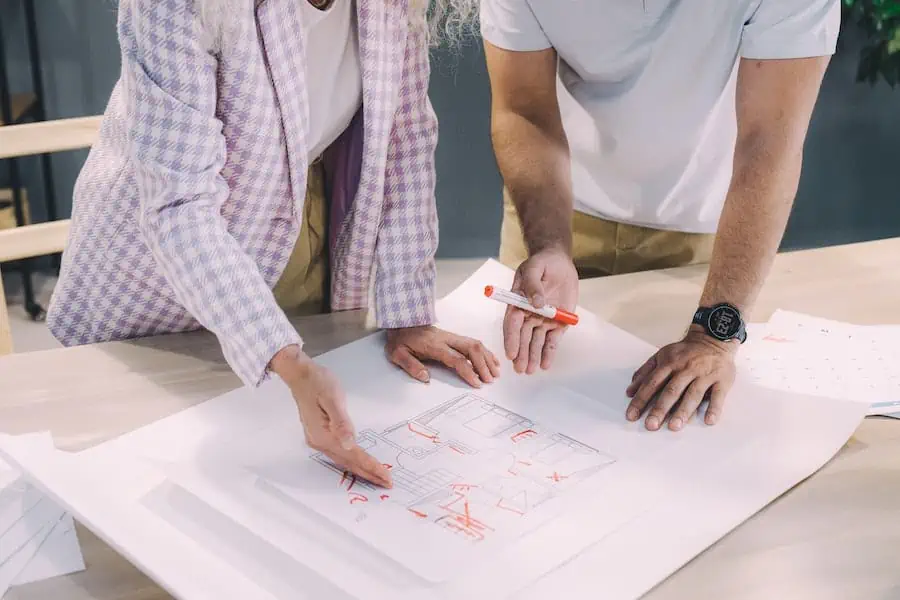
Artistic creativity is no longer limited to physical media. Today, technology provides platforms that can give everyone access to tools that were once exclusive to professional artists. One such breakthrough is free drawing software, which is democratizing the world of digital art.
Free drawing software refers to programs that allow users to create digital artwork without having to spend a single cent. Today, there is a wide array of such software available.
Krita, for example, is a free open-source software praised by illustrators and comic book artists for its powerful brush engines and extensive brush library. It also has a full-color palette, layers, and useful features like transformation and mirroring tools.
Another popular option is MediBang Paint, which is especially popular among those who like to create manga or comic book-style art. Artists can work on their paintings from anywhere thanks to the cloud-saving feature. MediBang also offers strong collaboration features, making it ideal for collaborative art projects.
The advantages of the huge ecosystem of free drawing software go beyond cost reductions. User-friendly interfaces, customer assistance, and active user communities all contribute to the usefulness of these solutions.
Consider GIMP (GNU Image Manipulation Program), which is well-known for its active user and developer community. This makes it simple for newcomers to access lessons, suggestions, and advice, resulting in a welcoming learning environment. Because of the community’s efforts, users can simply customize the application and even add capabilities through plugins.
Inkscape, a powerful vector graphics software that rivals commercial versions, is also available. It has a simple, user-friendly interface that is not intimidating to new users. It includes several tools for making elaborate paintings, logos, and complicated vector graphics. The software also supports SVG, making it an ideal tool for web designers.
Furthermore, one of the most important aspects of these free-drawing tools is their ongoing evolution. Developers are constantly upgrading these programs, adding new features and tools, improving user experience, and increasing performance. Users are thus getting more than simply a free tool, but a dynamic platform that grows and evolves alongside their creative path.
Collaboration is becoming increasingly important for art projects in this digital age. This technique is made easier and more efficient by using free drawing software. Teams from multiple locations can collaborate on a shared canvas at the same time, breaking down geographical barriers and bringing their collective artistic vision to reality.
However, free sketching software’s appeal extends beyond experts and aspiring artists. It is also a fantastic resource for instructors. Sketchpad, for example, enables teachers to develop interactive lessons that might better engage pupils. Educators may develop creativity while improving learning experiences by incorporating art into their lessons.
These free sketching tools have unquestionable power. They provide artistic freedom by removing the limits of traditional instruments and financial barriers. This flexibility can be especially liberating for new artists, providing a platform for them to experiment, develop, and hone their skills.
Furthermore, these tools play an important role in inclusion. Anyone, regardless of financial position, may express themselves via art thanks to free drawing software. This is important in bringing varied viewpoints into the art industry, voices that might otherwise go unheard if such instruments were not available.
It’s not just about being able to sketch or paint digitally; it’s also about experimenting with new kinds of artistic expression. Artists can dabble in 3D modeling and animation with software like Blender. Meanwhile, sites such as Tinkercad allow users to experiment with 3D printing ideas.
This is not to suggest that traditional art practices are no longer relevant. Instead, the availability of free sketching tools just provides artists with additional possibilities. Artists with the ability to combine conventional and digital techniques can create hybrid artworks that are both unique and appealing.
Indeed, today’s large choice of free drawing software caters to a wide range of artists, educators, students, and hobbyists. Each has its distinct characteristics that are always evolving to meet the demands of an increasingly digital and collaborative art world. These tools aren’t just free; they’re also gates to unrestricted creativity and innovation, leveling the playing field for anybody who wants to express themselves via art.
To summarize, free drawing software has transformed the way we produce and view art. These tools, by giving an accessible platform, are breaking down financial and technical obstacles, allowing for a more inclusive and collaborative art world. They appeal to a diverse clientele, from professional artists and instructors to amateurs and students, with user-friendly, varied, and developing features.




















